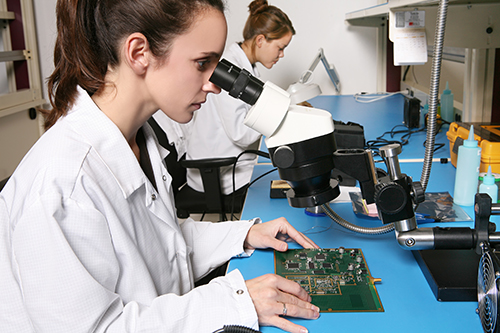What are toolmakers microscopes? For starters, they are multi-functional devices that can be found in a wide range of manufacturing facilities involved in the manufacturing of tools, electronics, and machines. They are also easily identifiable by their robust base and being capable of facilitating a great array of measurement and observation procedures. If you are new to toolmakers microscopes, read on to find out more about the basics of this stellar equipment!
Learn The Basics Of Toolmakers Microscopes

21
Jul




